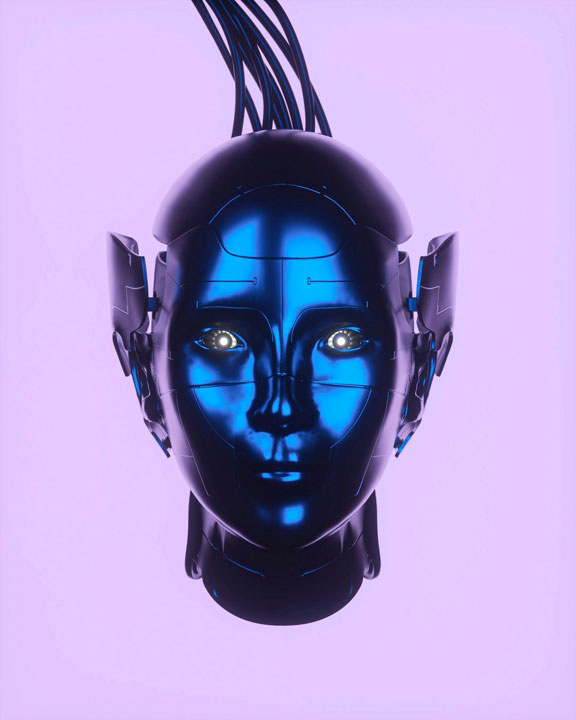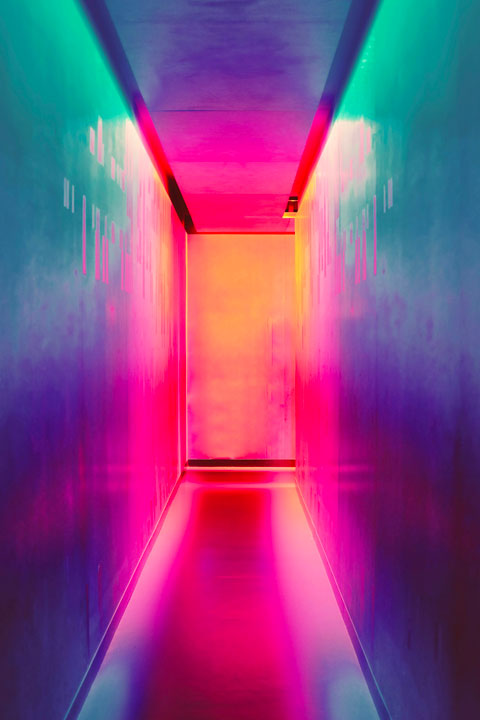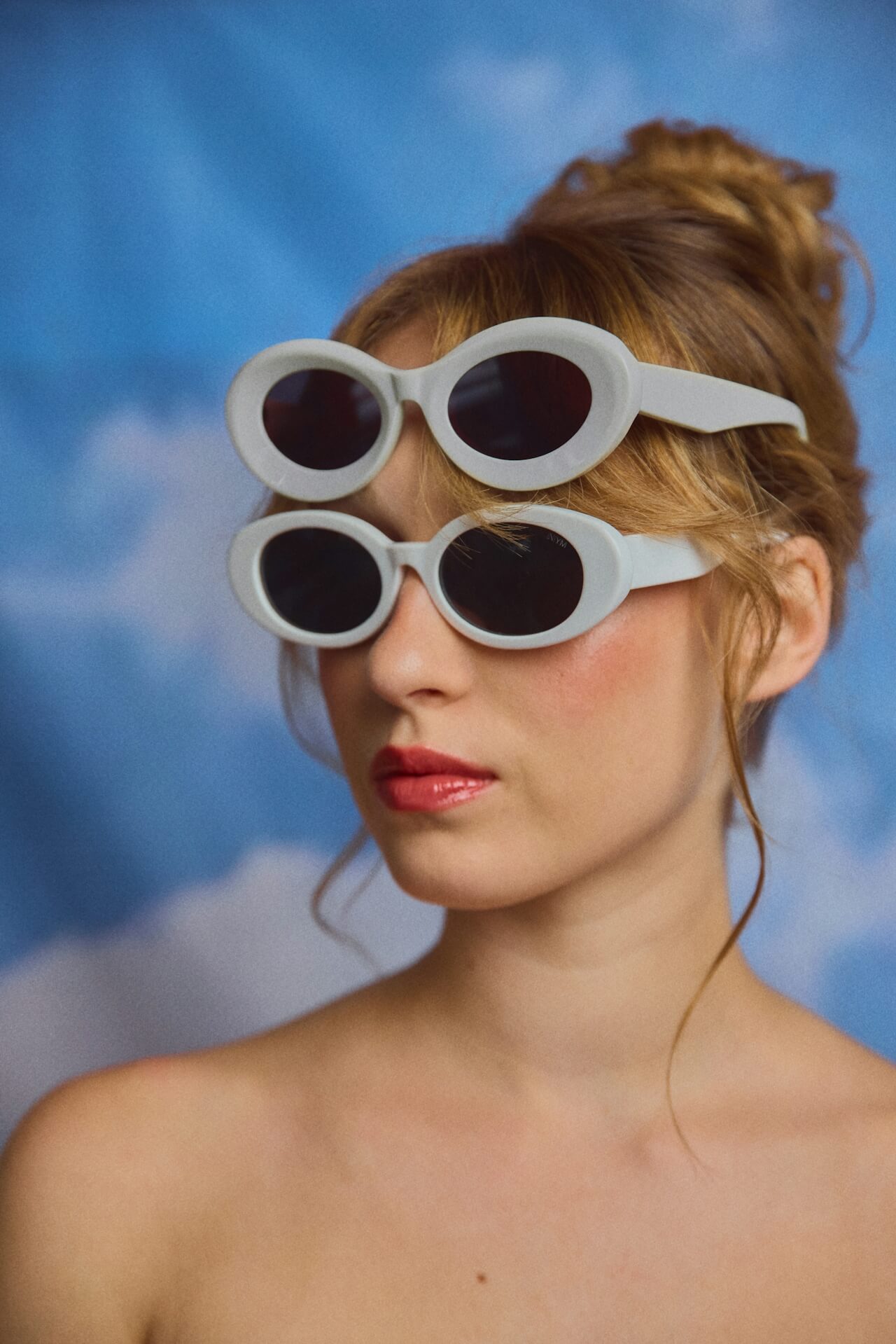Last week, I watched a junior designer iterate through 47 versions of a logo in under an hour, each one generated by AI, each one technically perfect. She looked exhausted, not from the work, but from the choosing. That's when it hit me—AI creative direction isn't about machines replacing creative directors. It's about creative directors evolving into something entirely new.
The traditional creative director role is already dissolving. Where we once spent days kerning type and adjusting color values, we now orchestrate systems that can produce thousands of variations in seconds. The craft hasn't disappeared; it's transformed into something more cerebral, more strategic.
"The real challenge isn't getting AI to create—it's knowing what to ask for and when to say no," says 67961be73378773c7b3d3670.
Consider what happened when Pentagram started experimenting with generative tools for brand exploration. They didn't fire their creative teams. Instead, they discovered that AI creative direction requires an even deeper understanding of brand essence—because now you're not just making one decision, you're setting parameters for infinite possibilities.
The Curator's Paradox
We're entering an era where taste becomes the ultimate differentiator. When anyone can generate professional-looking work, the ability to recognize what's genuinely good—what resonates, what lasts—becomes invaluable. Creative directors are morphing from makers into editors, from artists into philosophers of aesthetic intention.
I've been watching this shift play out with startups launching new identities. They come to studios like Metabrand not because they can't generate logos themselves, but because they need someone who understands the difference between what's possible and what's right. The tool can make anything; the creative director decides what should exist.
"The most powerful creative decision in the AI age isn't what to create—it's what to leave unmade."
Beyond the Prompt
Here's what most people miss about AI creative direction: it's not about writing better prompts. It's about building creative systems that can think. When we developed the rebrand for a fintech startup last quarter, we didn't just use AI to generate assets. We created an intelligent design system that could adapt its personality based on context—playful in social media, serious in investor decks, accessible in user onboarding.
The creative director's role shifted from designing these touchpoints to designing the intelligence behind them. We became architects of personality, encoding brand behavior into systems that could express themselves autonomously while staying true to core principles.
The Human Premium
There's an interesting countertrend emerging. As AI-generated content floods every channel, brands that feel genuinely human command premium attention. But here's the twist—achieving that human feel often requires sophisticated AI orchestration. It's not about avoiding AI; it's about using it to amplify human creativity rather than replace it.
Watch how modern creative directors work now. They're part strategist, part technologist, part philosopher. They spend less time in design tools and more time crafting creative frameworks that AI can execute. They're asking different questions: not "what should this look like?" but "what should this feel like across ten thousand interactions?"
The most successful agencies are treating AI as a creative partner, not a production assistant. When you see a campaign that feels fresh despite being partially AI-generated, there's usually a creative director who understood how to preserve the human spark while leveraging machine capabilities.
The Next Chapter
We're barely scratching the surface of what AI creative direction will become. Imagine creative directors who can spawn entire brand universes from a single strategic insight, or who can orchestrate real-time brand evolution based on cultural signals. The tools are almost there; we're just learning how to think at that scale.
The creative directors who thrive won't be the ones fighting against AI or blindly embracing it. They'll be the ones who understand that creativity itself is evolving—from individual expression to systemic orchestration, from making things to making things that make things.
Young designers often ask me if AI will make their jobs obsolete. I tell them the opposite is true. As the barrier to creation drops to zero, the value of vision skyrockets. The future belongs to those who can see what others cannot, who can find signal in infinite noise, who can teach machines to dream but know when to wake them up.










